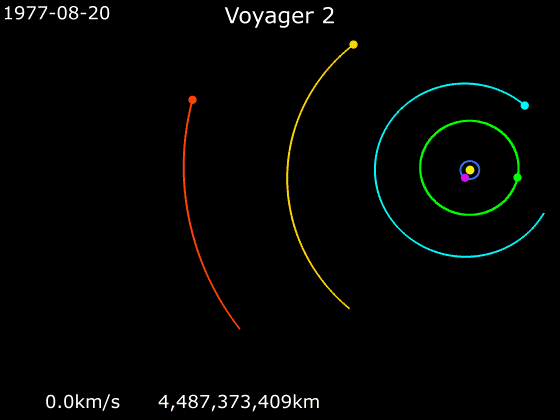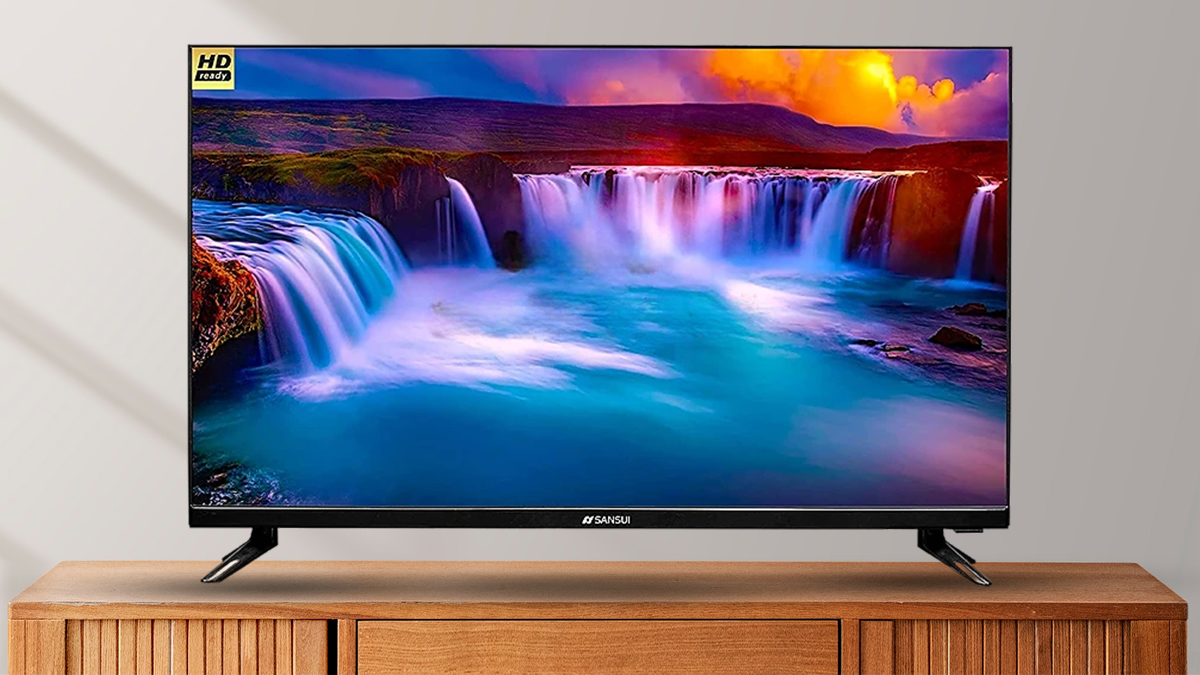
Voyager 1, the farthest human-made object in space, has been sending back nonsensical data since November, raising concerns about its functionality. This potential loss is more sentimental than scientific, as Voyager 1 has already made groundbreaking discoveries.

About Voyager 2 Spacecraft:
- It is a space probe launched by NASA on August 20, 1977.
- It is part of the Voyager program, which alsoincludes Voyager 1.
- Primary mission: To study the outer planets of our solar system and their moons, and then continue on an interstellar mission.
- It is the second spacecraft to enter interstellar space. On Dec. 10, 2018, the spacecraft joined its twin—Voyager 1—as the only human-made objects to enter the space between the stars.
- It carries a Golden Record, a phonograph record containing sounds and images from Earth, intended to be a message to any potential extraterrestrial civilizations it might encounter in the future.
- Firsts:
- It is the only spacecraft to study all four of the solar system’s giant planets at close range.
- It discovered a 14th moon at Jupiter.
- It was the first human-made object to fly past Uranus.
- At Uranus, Voyager 2 discovered 10 new moons and two new rings.
- It was the first human-made object to fly by Neptune.
- At Neptune, Voyager 2 discovered five moons, four rings, and a “Great Dark Spot.”

What is the Interstellar Space?
- Interstellar space, also known as interstellar medium or interstellar void, is the vast expanse of space that exists between stars in a galaxy.
- It is the region of space beyond the influence of any individual star’s gravity and magnetic fields.
- It is primarily composed of very low-density gas, dust, cosmic rays, and magnetic fields.

Voyager 1 and Voyager 2 were launched in the year 1977 to take advantage of a rare geometric alignment of the outer planets which allowed NASA to take a four-planet tour in a relatively short period of time with minimal fuel use. The layout of Jupiter, Saturn, Uranus and Neptune last seen in the 1970s and the 1980s lets a spacecraft on a special flight path swing from one planet to another without large onboard propulsion systems. The layout only happens about once in 175 years.

Rather counterintuitively, Voyager 2 launched on August 20, 1977, before Voyager 1 launched on September 5, 1977. But the latter was put on a faster and shorter trajectory. This meant that Voyager 1 reached Jupiter on March 5, 1979 and Saturn on November 12, 1980, while Voyager 2 accomplished the same feat on July 9, 1979 and August 25, 1981, respectively.
For the initially planned two-planet mission, the spacecrafts were built to last five years but with its successful achievement of its objectives and as the mission went on, NASA engineers realised that it would also be possible to do flybys of the two outermost giant planets Uranus and Neptune.


Awesome website.. 👌
Very useful website
digitaltamasha is good platform where I can get the latest information about intertainment.
Very Effective website